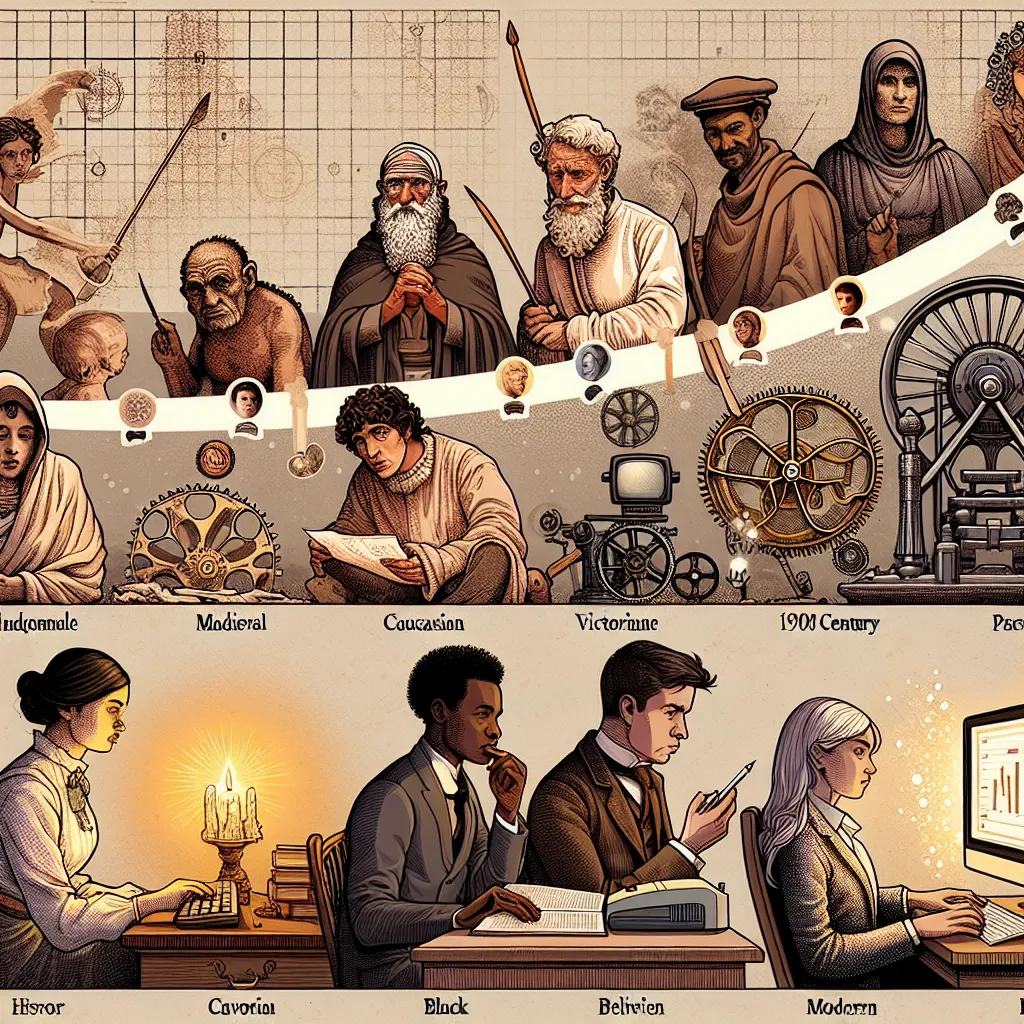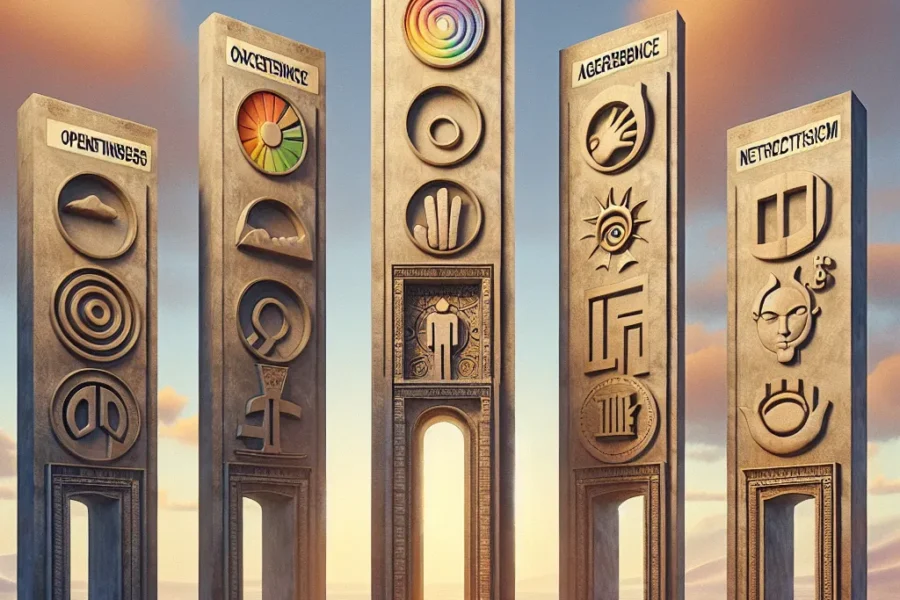Understanding the roots and development of personality assessments is akin to tracing the journey of human curiosity about the essence of individual identity. With the dawn of psychological science, came the birth of various methods to probe the depths of the human psyche, resulting in the evolution of personality tests.
The concept of personality has fascinated philosophers and scientists alike for centuries. The ancient Greeks contemplated personality traits by linking them to bodily humors, while Indian Ayurvedic tradition related personality types to biological energies. The evolution towards psychological testing, however, took substantial strides much later, in the 19th and 20th centuries.
The formal inception of personality tests can be traced back to Sir Francis Galton, a Victorian polymath who pioneered psychometrics–the science of measuring mental faculties. Galton’s work laid the groundwork for subsequent psychological assessments. However, it was not until the early 20th century that the first true personality test was devised by psychologist Hermann Rorschach. His innovative Rorschach Inkblot Test, created in 1921, sought to analyze personality based on individuals’ perceptions of inkblots.
The Rorschach test marked a significant milestone, but it was the development of the Woodworth Personal Data Sheet during World War I that catalyzed the practical application of personality assessments. This questionnaire aimed to identify soldiers prone to shell shock, now known as post-traumatic stress disorder (PTSD). Although rudimentary by today’s standards, the Woodworth Personal Data Sheet highlighted the potential utility of personality tests in applied settings.
The subsequent decades saw a rapid maturation in the field. Driven by a quest to better understand human behavior, the 1940s and 1950s became the golden age of personality testing. In this period, the Minnesota Multiphasic Personality Inventory (MMPI) was developed by Starke R. Hathaway and J.C. McKinley. This test moved beyond the realms of theoretical psychology, providing a tool that could be utilized across various fields, including clinical psychology, employment screening and the legal system.
The MMPI was followed by other notable tests like the Myers-Briggs Type Indicator (MBTI), created by Katharine Cook Briggs and her daughter Isabel Briggs Myers. Rooted in Carl Jung’s theory of psychological types, the MBTI presented personality in terms of dichotomies and is widely recognized in occupational and educational settings.
The evolution of personality tests continued with advancements in theory and practice. For instance, the Five Factor Model—commonly known as the Big Five—emerged through the work of various researchers, crystallizing by the 1980s. This model proposed five broad dimensions of personality: Openness, Conscientiousness, Extraversion, Agreeableness, and Neuroticism (OCEAN), which are now extensively utilized for psychological research and applied purposes.
Today, the landscape of personality testing is profoundly diverse, encompassing everything from simple online quizzes to elaborate, professional inventories. The internet has democratized access to personality assessments, making them a common tool for personal development, career planning, and entertainment.
The scientific community, meanwhile, continues to refine these tests for validity and reliability. This means ensuring that tests measure what they claim and do so consistently over time. The quest for quantifying the human character in an accurate, meaningful way persists, with neuroscientific methods adding another layer of complexity and potential to the field.
Ethical considerations have also gained prominence. As personality tests become more integrated into various sectors, concerns regarding privacy, potential misuse, and bias have prompted calls for regulation and ethical guidelines. Researchers are focused on developing assessments that respect the dignity and complexity of individuals while providing useful information for specific purposes.
The future of personality testing holds promise for deeper, more nuanced understanding of individual differences, potentially harnessing artificial intelligence, machine learning, and big data to refine predictive power and application to daily life.
Personality tests have come a long way since the rudimentary attempts of the past. The initial crude measures have given way to an array of sophisticated tools that offer insights into the human condition. The birth and evolution of personality tests are much more than a chapter in the history of psychology; they are a testament to humanity’s enduring interest in self-discovery and our relentless pursuit to understand the mosaic of traits that make us who we are.


Leave a Comment